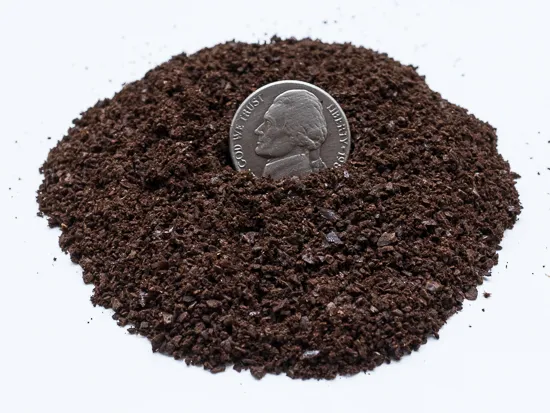

Photo: Michael Hessionįor precision, it’s best to use a scale to confirm that you’re dosing each shot (that is, measuring out the coffee grounds) correctly-at least until you’re sure you’re doing the exact same steps the exact same way every time.

Just be sure to tare out the empty portafilter before you fill it with grounds. Grinding and measuring your coffeeīefore pulling your shot, weigh out about 13 to 15 grams of coffee. If you think of coffee as you would any other produce and buy smaller amounts more frequently, you’ll always have the freshest and best-tasting results. Rather than risk adding moisture (or odor) to your coffee, simply store it in an airtight container in a cool, dark place, and again, remember to use it promptly. You’ve probably heard advice to stick your beans in the fridge or freezer to keep them fresh, but the jury remains out on that. Quality roasters print roast dates on their packaging these days look for those stickers or stamps anywhere you’re picking up beans (sometimes at the supermarket you’ll see more ambiguous “best by” dates, which don’t tell you much of anything). That doesn’t mean you should be grinding beans straight out of the roaster-coffee is usually “rested” a few days in order to allow for off-gassing of CO 2, which affects brewing-but depending on how it’s packaged, you should start using the coffee within a couple of weeks of roasting and finish any opened packages quickly. Whatever you choose, freshness matters, so make sure you’re using coffee at its prime. And when a single-origin coffee (versus a blend) is well-suited to espresso, often a roaster highlights this-and it can be a fun way to discover new complexities of flavor in your brewing. You can find a lot of great approaches to coffee roasting out there, so why not try a few? You’ll discover that the best roasters strive to build coffee blends that taste balanced and pleasing in the espresso brewing process and retain their best characteristics when served with milk. The choice is up to you, and having your own setup means you can experiment. Although traditionally espresso is made with a darker roast, picking out a coffee bean strictly marketed as “espresso” isn’t necessary. Selecting your coffeeĮven with great gear, you can’t pull a good espresso if you don’t start with good coffee. Ideally you’ll grind coffee for each espresso right before you pull the shot, because coffee goes stale rapidly once it’s ground. The bare minimum setup you’ll need to get started brewing espresso is the machine itself (which, in the case of the Breville Infuser, comes with a portafilter and tamper already) and, whether you do the grinding yourself or not, some coffee ground correctly for espresso (a much finer grind than you may be used to for filter coffee). So I asked my colleague David if he might drop by my home testing lab and share his award-winning expertise using the beginner-friendly gear we recommend. Though I have a long coffee background myself, including not just consulting at Joe Coffee Company but researching and writing Wirecutter’s guides to coffee grinders and drip coffee makers, and serving as associate editor at coffee news website, I’ve spent nearly all of my time in the coffee industry on the drinking side of the bar.

With that in mind, we enlisted David Castillo, the training and education manager at Joe Coffee Company in New York City (I also work at Joe Coffee Company as a consultant), to spend some time with the Breville Infuser (our former top-pick machine), and give us some advice on getting started. If you’re a coffee aficionado interested in pulling great shots at home, our review of the best espresso machine, grinder, and accessories can help you pick out a great beginner setup-but you’ll need a little practice and patience to get the hang of it.


 0 kommentar(er)
0 kommentar(er)
